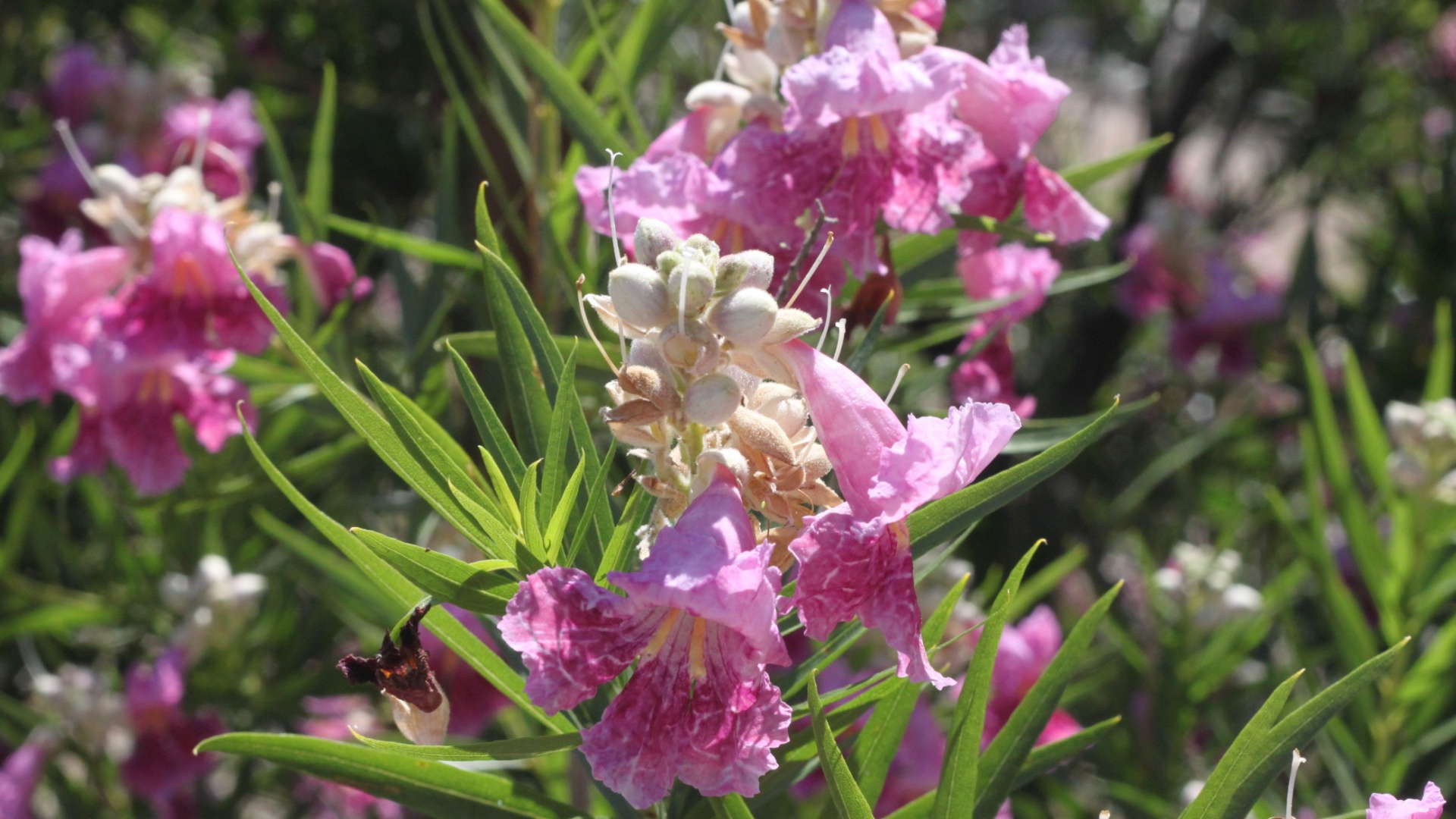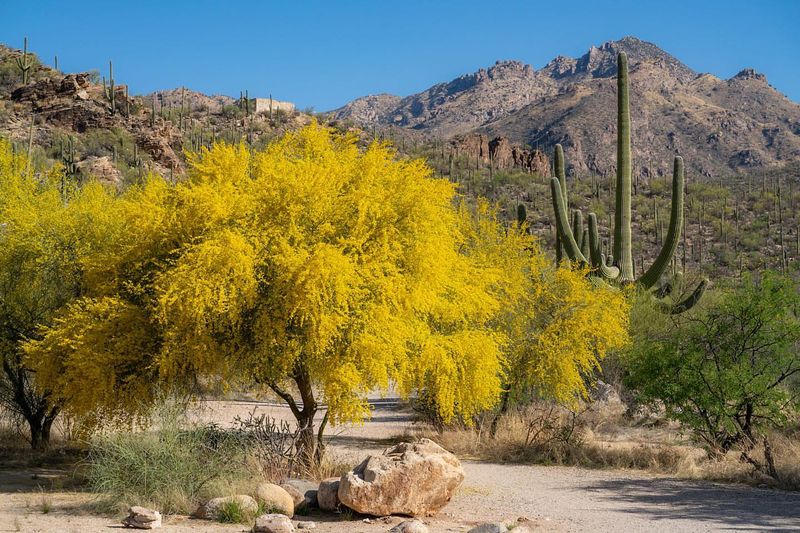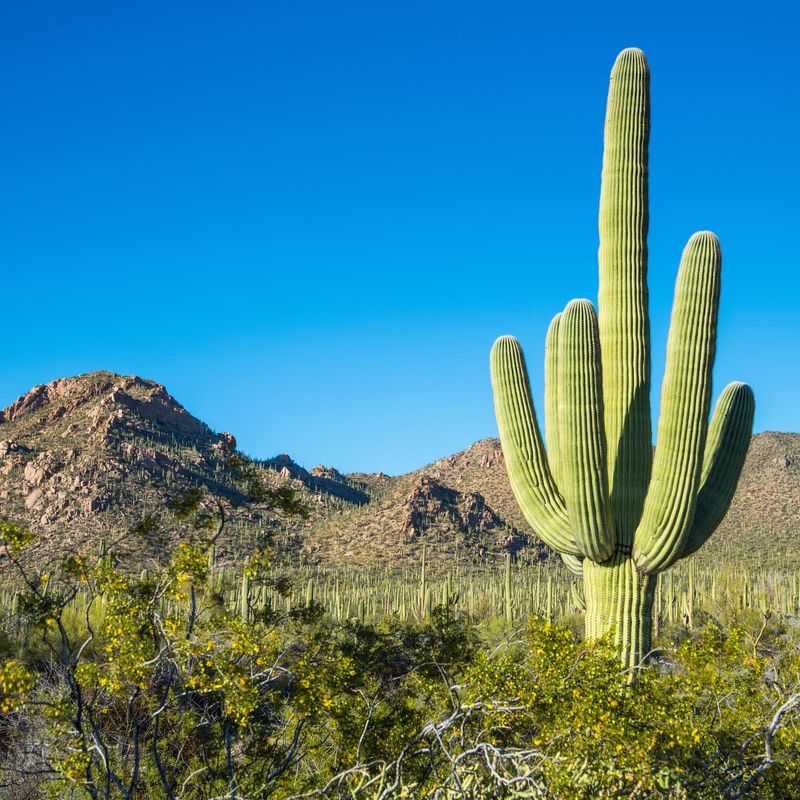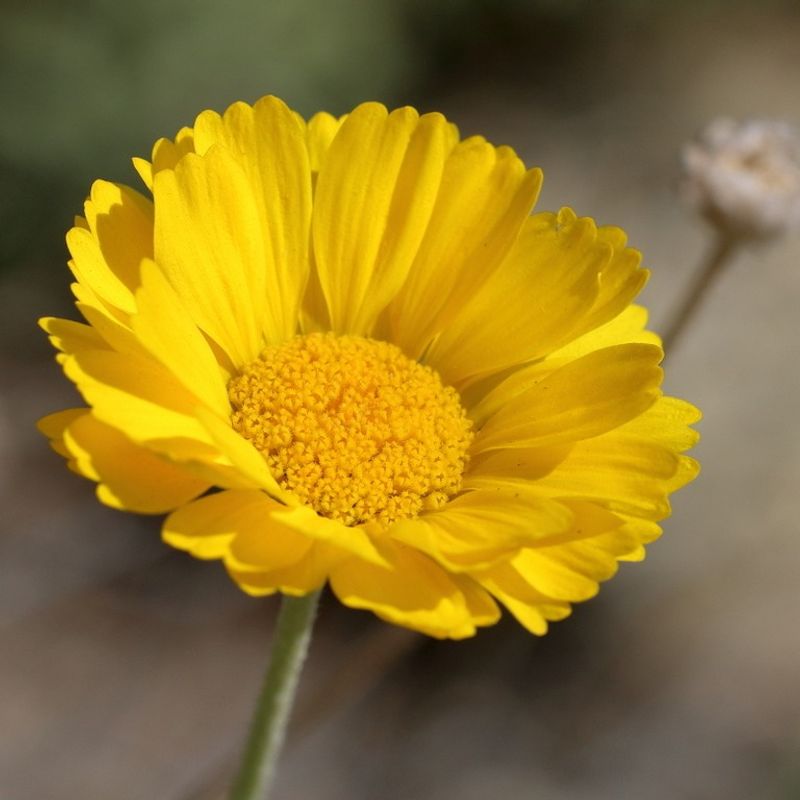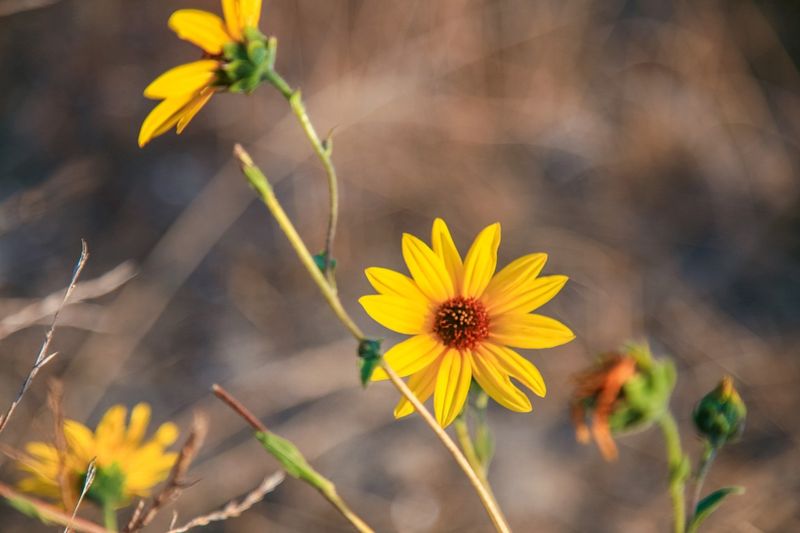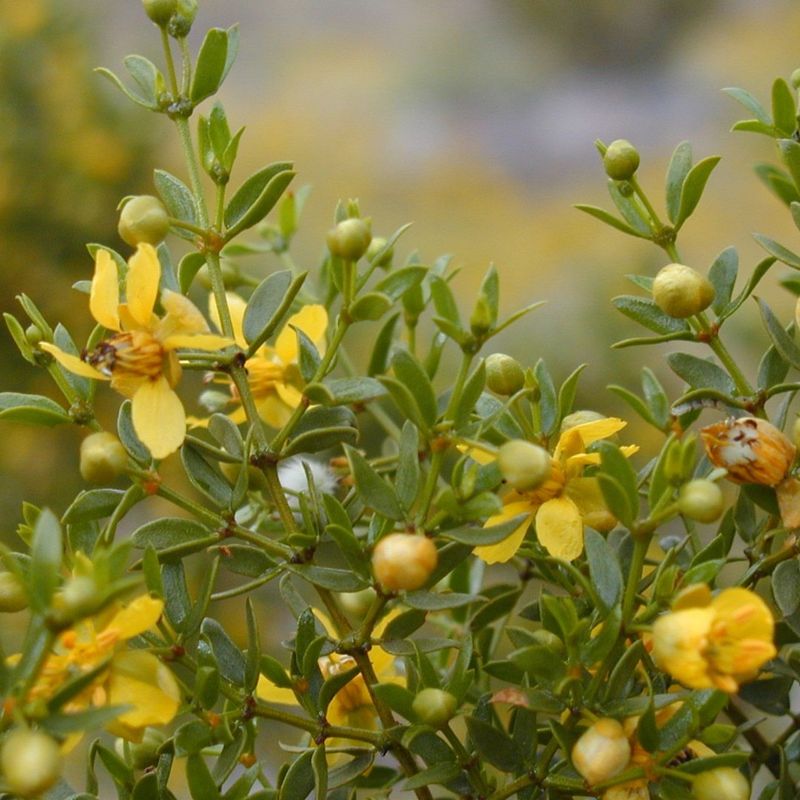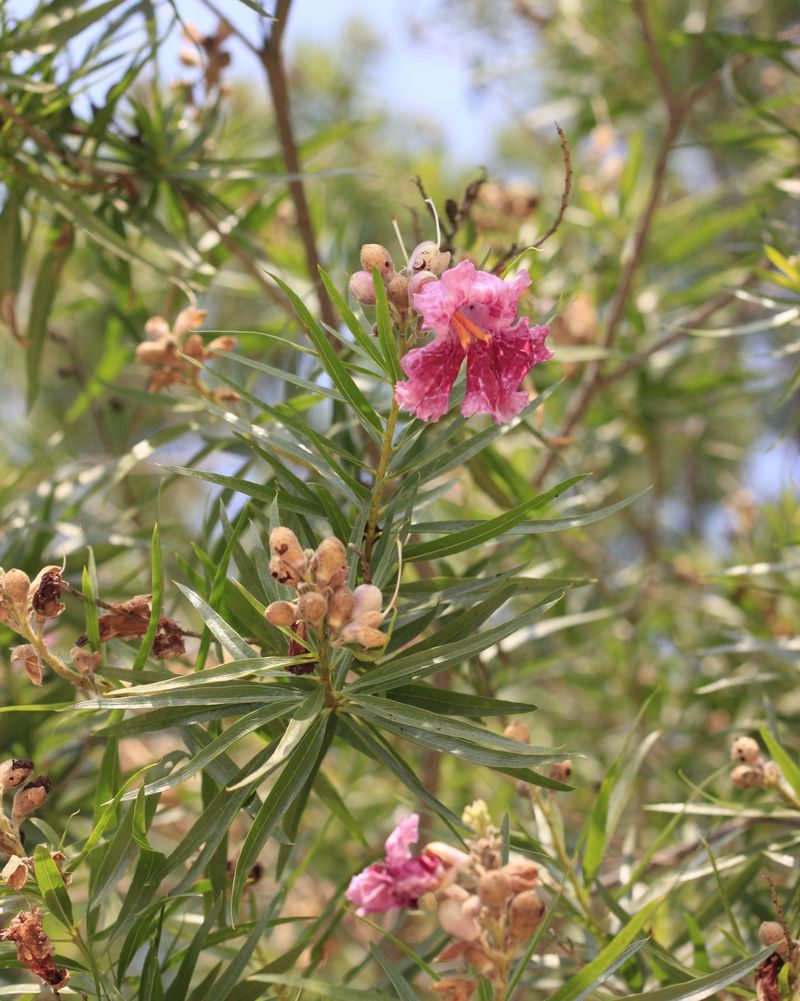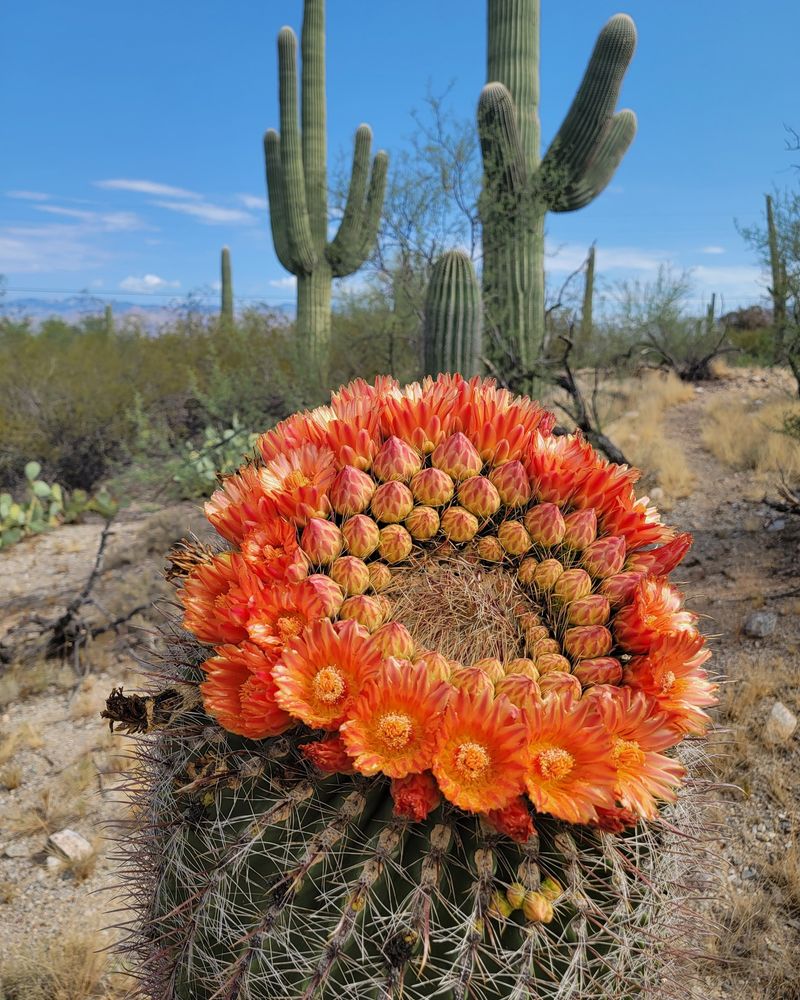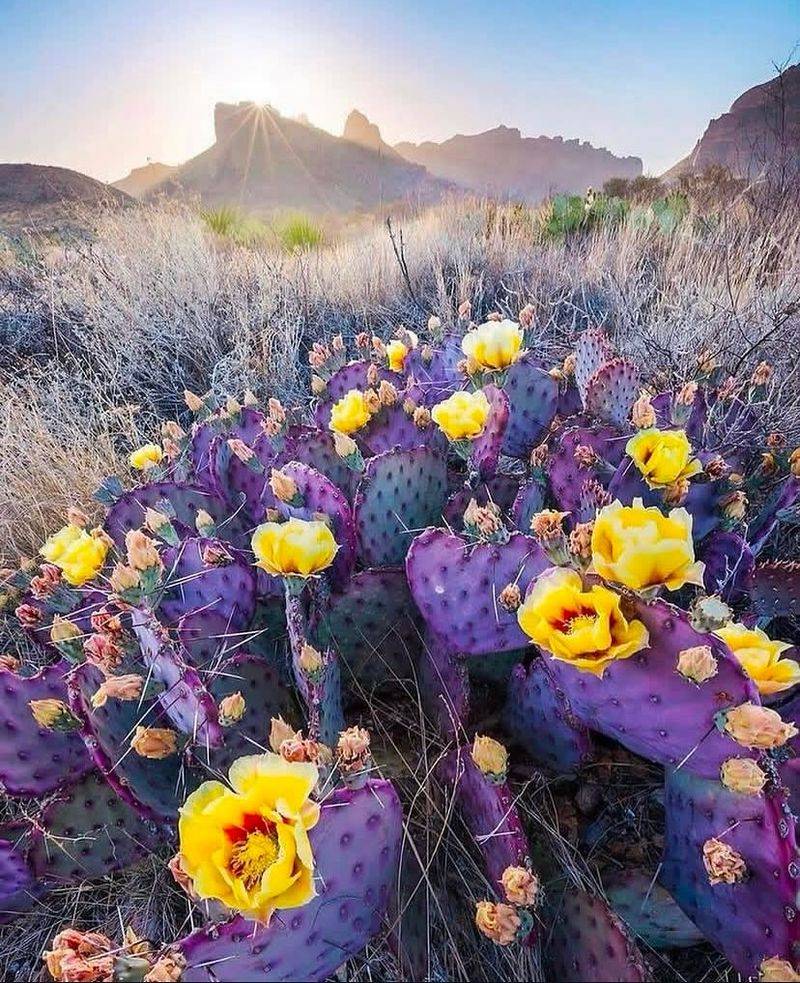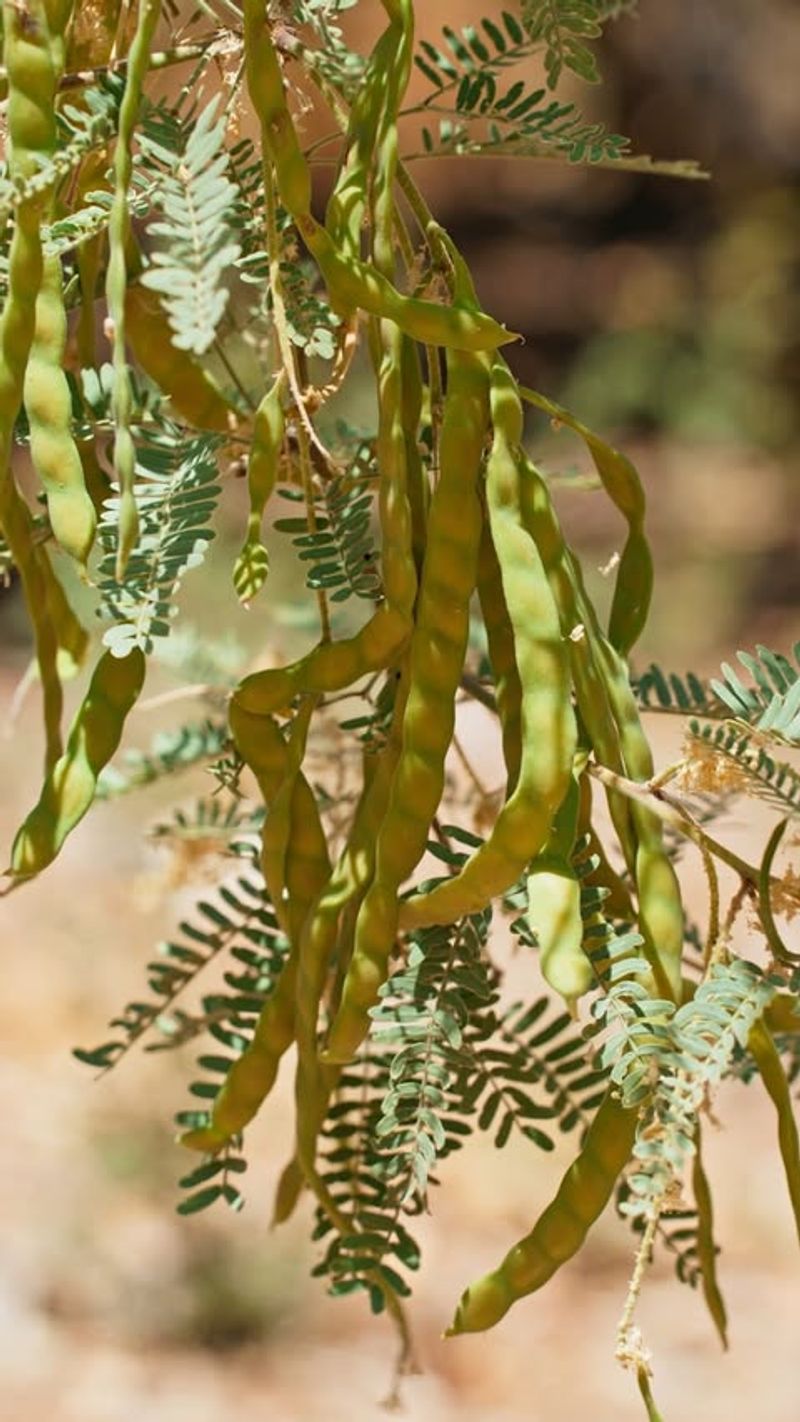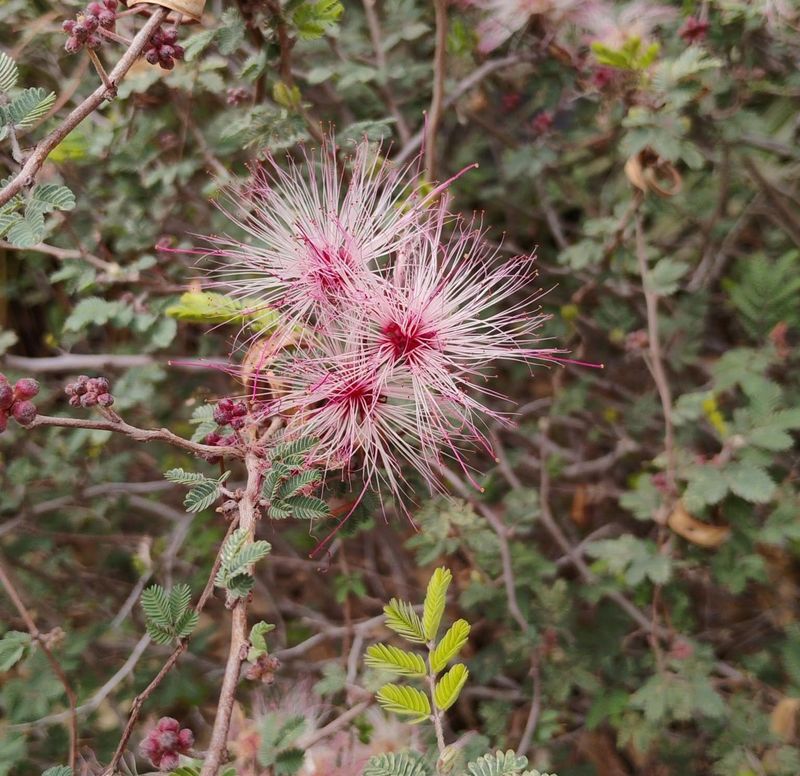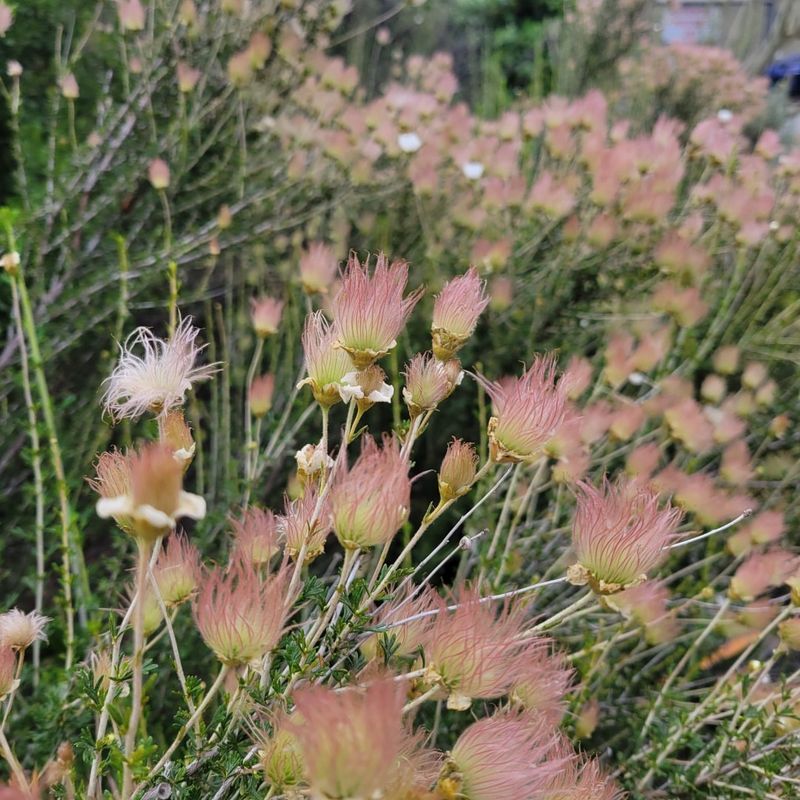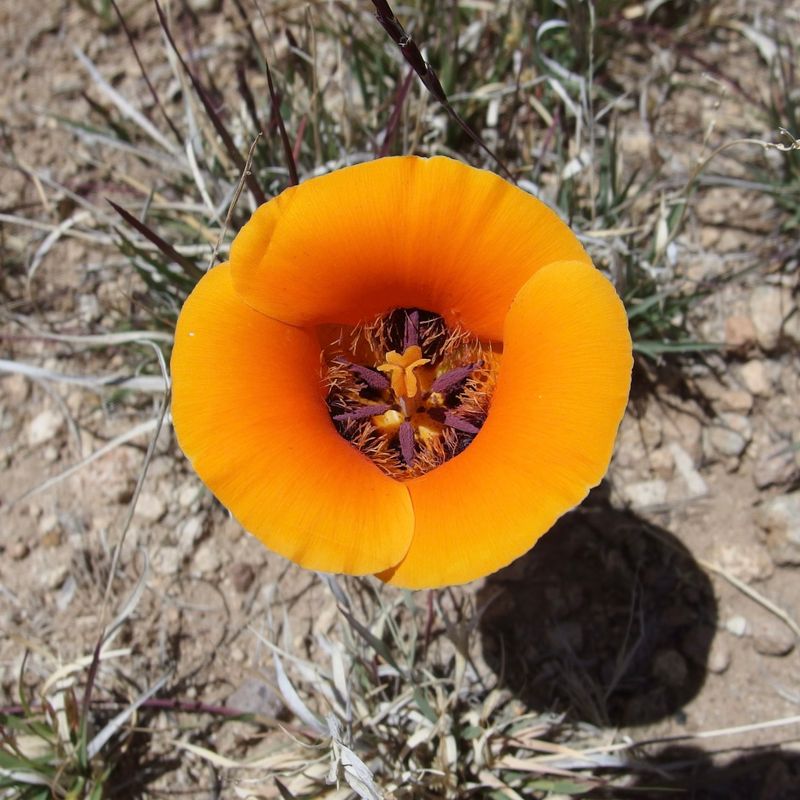Arizona’s blazing sun can turn ordinary gardens into crispy brown patches. Luckily, Mother Nature designed amazing plants perfectly suited to thrive in our desert climate. Native plants not only survive our brutal summers but also create beautiful landscapes while using less water than non-natives.
They’re the secret to having a gorgeous yard without spending every weekend watering!
1. Palo Verde Trees
The state tree of Arizona shines with brilliant yellow flowers each spring. Their green bark actually performs photosynthesis, allowing the tiny leaves to drop during extreme drought without harming the tree.
Palo Verdes grow moderately fast, reaching 20-30 feet tall while providing dappled shade perfect for desert gardens. The Blue Palo Verde variety offers the most spectacular bloom display, creating a golden canopy each April.
2. Saguaro Cactus
Standing tall like desert sentinels, saguaros are iconic symbols of Arizona and the Southwest, capable of living up to 200 years! These slow-growing giants don’t sprout their first arm until they’re around 75 years old.
In Arizona’s Sonoran Desert, beautiful white flowers bloom atop saguaros in May and June, opening at night to attract bats and other pollinators. Their accordion-pleated trunks store massive amounts of water, swelling during rains and sustaining the plant through long droughts.
3. Desert Marigold
Bright yellow blooms dance above silvery-gray foliage, creating cheerful splashes of color even in the harshest conditions. These tough little perennials thrive in poor soil where other flowers would quickly wither.
Growing just 1-2 feet tall, desert marigolds bloom heaviest in spring but continue producing flowers sporadically year-round. Butterflies love them! The fuzzy leaves have a special adaptation that reflects sunlight and conserves precious moisture.
4. Ocotillo
Looking like something from a Dr. Seuss book, ocotillos are iconic sights in Arizona’s desert landscapes, with spiny canes shooting dramatically upward from a central base. After rain, these seemingly lifeless sticks quickly sprout small green leaves within days!
In spring, brilliant red tubular flowers crown the tips of each cane, drawing hummingbirds from miles around. Despite their cactus-like appearance, ocotillos aren’t actually cacti—they belong to a completely different plant family called Fouquieriaceae, native to Arizona and the Southwest.
5. Brittlebush
Named for its brittle stems, this desert superstar creates dome-shaped mounds covered in silvery leaves. Come spring, hundreds of sunny yellow daisy-like flowers rise above the foliage on tall stalks.
Native Americans valued brittlebush for its aromatic resin, which they used as incense and medicine. During extreme drought, the plant becomes more silvery-white, reflecting sunlight to conserve water. After good rains, it quickly produces fresh green growth.
6. Creosote Bush
That wonderful smell after desert rain? Thank the creosote bush! Its resinous leaves release a distinctive scent when moisture hits them – the true smell of the Southwest.
Amazingly drought-tolerant, some creosote bushes are estimated to be thousands of years old. The small yellow flowers transform into fluffy white seed balls after blooming. Many desert animals depend on creosote for shelter, and indigenous people used it medicinally.
7. Desert Willow
Don’t let the name fool you—this isn’t a true willow! Desert willows are a favorite in Arizona landscapes, producing gorgeous trumpet-shaped flowers in shades of pink, purple, and white throughout the hot summer months.
Hummingbirds can’t resist these nectar-rich blooms. With their graceful, weeping form and moderate size (15–25 feet), desert willows make perfect patio trees. The long, narrow leaves resemble true willows but thrive in Arizona’s dry climate with far less water.
8. Barrel Cactus
Round and ribbed with impressive spines, barrel cacti are nature’s living water tanks. During rainy periods, they swell with stored water, expanding like accordions between their pleated ribs.
The tops crown with bright orange, yellow, or red flowers in summer, followed by yellow fruits that resemble tiny pineapples. Contrary to survival myths, cutting open a barrel cactus won’t provide drinkable water – just sticky, bitter pulp that might make you sick!
9. Agave
With their sculptural rosettes of thick, pointed leaves, agaves make dramatic landscape statements across Arizona’s desert gardens. These hardy plants store energy for years, then produce a spectacular flowering stalk—sometimes up to 20 feet tall—before dying.
The century plant (Agave americana) is the most commonly grown variety. Despite its name, it usually lives only 10–30 years before blooming. Native peoples throughout Arizona and the Southwest have used agaves for food, fiber, and medicine for thousands of years.
10. Prickly Pear Cactus
Flat, paddle-shaped pads covered in spines make prickly pears instantly recognizable. Yellow flowers appear in spring, followed by reddish-purple fruits called tunas that are actually edible and delicious!
Prickly pears form natural boundaries and wildlife habitat. The pads (nopales) are eaten as vegetables in Mexican cuisine. Watch out for glochids – nearly invisible hair-like spines that can cause days of irritation if they get under your skin.
11. Mesquite Trees
Masters of desert survival, mesquites send tap roots down over 160 feet to reach groundwater! Their feathery leaves provide dappled shade while bean pods have nourished desert dwellers for centuries.
Mesquite wood creates that distinctive smoky flavor in Southwest barbecue. The honey-scented spring flowers attract crucial pollinators. Velvet mesquite is the most common native species, with its velvety bean pods that can be ground into nutritious flour.
12. Chuparosa
Hummingbird magnets! These sprawling shrubs, native to the deserts of Arizona, produce tubular red-orange flowers perfectly shaped for hummingbird beaks. The name literally means “rose sucker” in Spanish, referring to how hummingbirds sip nectar from the blooms.
Chuparosa flowers most heavily in spring and fall but can bloom year-round with sufficient water. The small green leaves drop during drought, allowing the stems to photosynthesize—an adaptation that helps chuparosa thrive in Arizona’s arid climate where other flowering plants often fail.
13. Desert Ironwood
Living up to 1,500 years, ironwoods feature wood so dense it sinks in water! These slow-growing trees create crucial habitat in the Sonoran Desert, supporting over 500 plant and animal species.
Lavender-pink flowers cover the tree each spring, creating a stunning display. The hard wood was traditionally used by native peoples for tools and carvings. Ironwoods make excellent landscape trees, providing filtered shade and beautiful blue-green foliage.
14. Fairy Duster
Delicate pink powder-puff flowers give fairy dusters their whimsical name. These low-growing shrubs bloom prolifically after winter rains, creating clouds of color in the desert landscape.
Despite their delicate appearance, fairy dusters are incredibly tough plants. The fine, feathery foliage provides interesting texture year-round. Hummingbirds, butterflies, and native bees all visit the unusual flowers, making fairy dusters excellent choices for wildlife gardens.
15. Apache Plume
After small white rose-like flowers fade, apache plume produces feathery pink seed plumes that shimmer in desert breezes. These eye-catching seed heads give the plant its common name and provide months of visual interest.
The semi-evergreen foliage stays attractive year-round. Extremely drought-tolerant once established, apache plume can survive on rainfall alone in most Arizona locations. Native peoples used the straight stems for arrow shafts and weaving implements.
16. Desert Mariposa Lily
Rising from underground bulbs after spring rains, these delicate beauties display cup-shaped flowers in vibrant orange, yellow, or purple. The word “mariposa” means butterfly in Spanish, referring to the colorful, wing-like petals.
Each flower features a distinctive dark center with intricate markings. During drought or extreme heat, mariposa lilies remain dormant underground, sometimes for years. When conditions improve, they emerge quickly to bloom and set seed before harsh conditions return.

